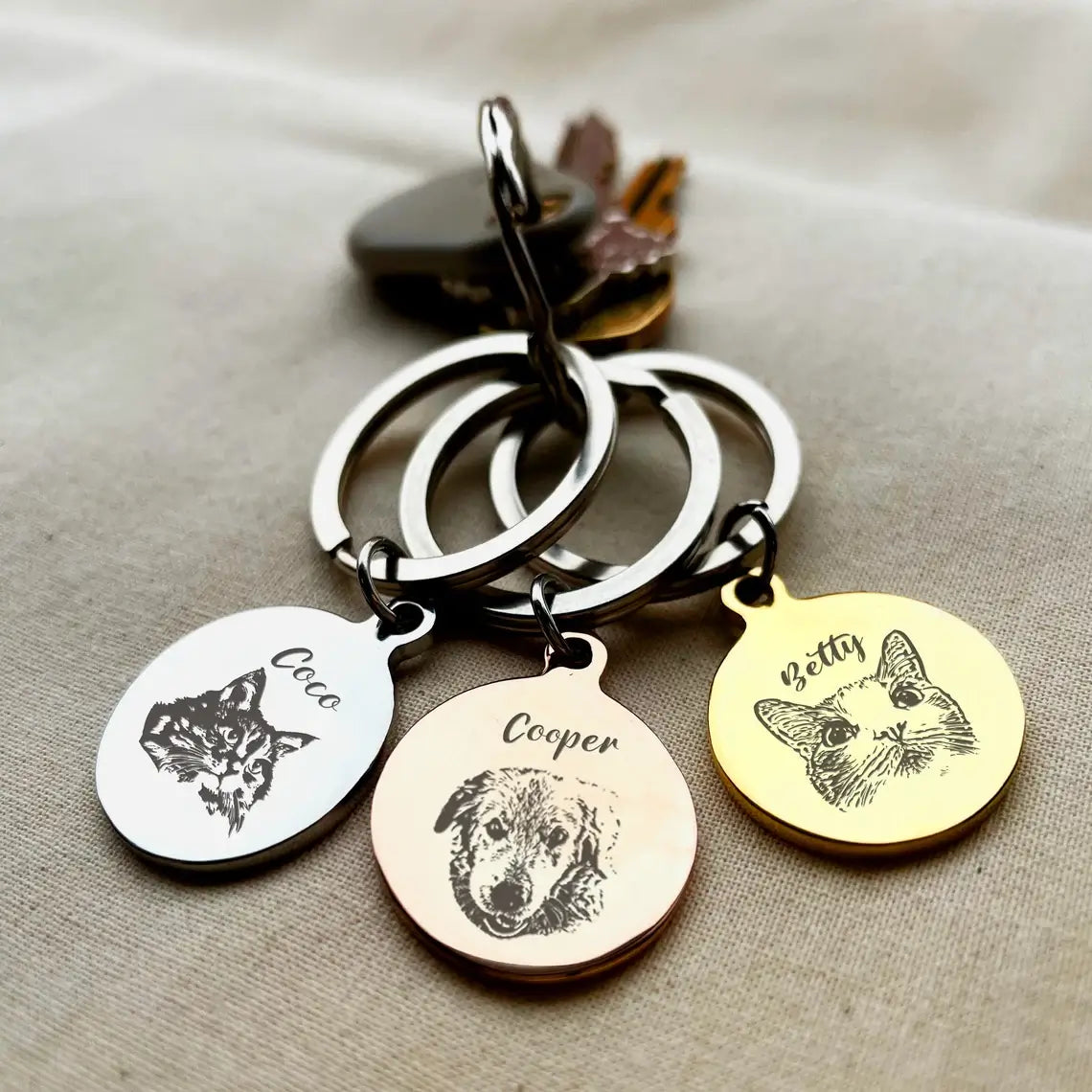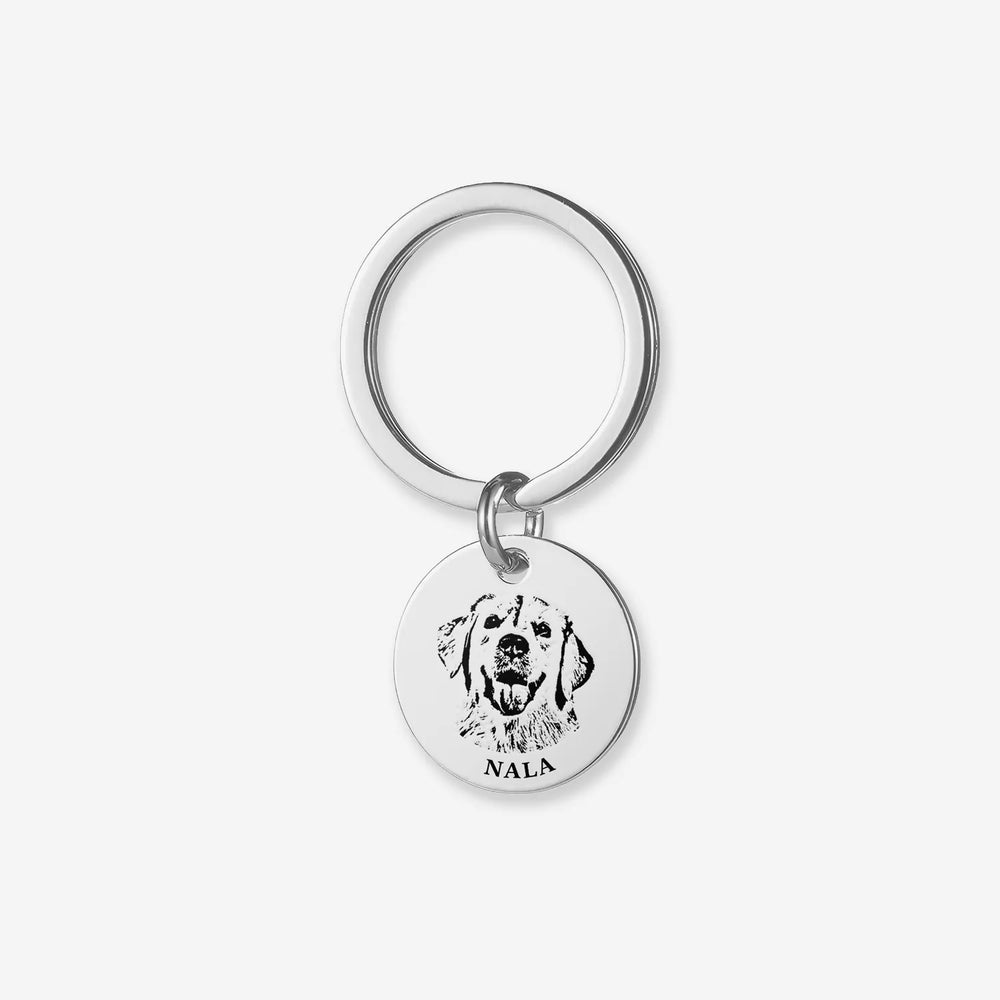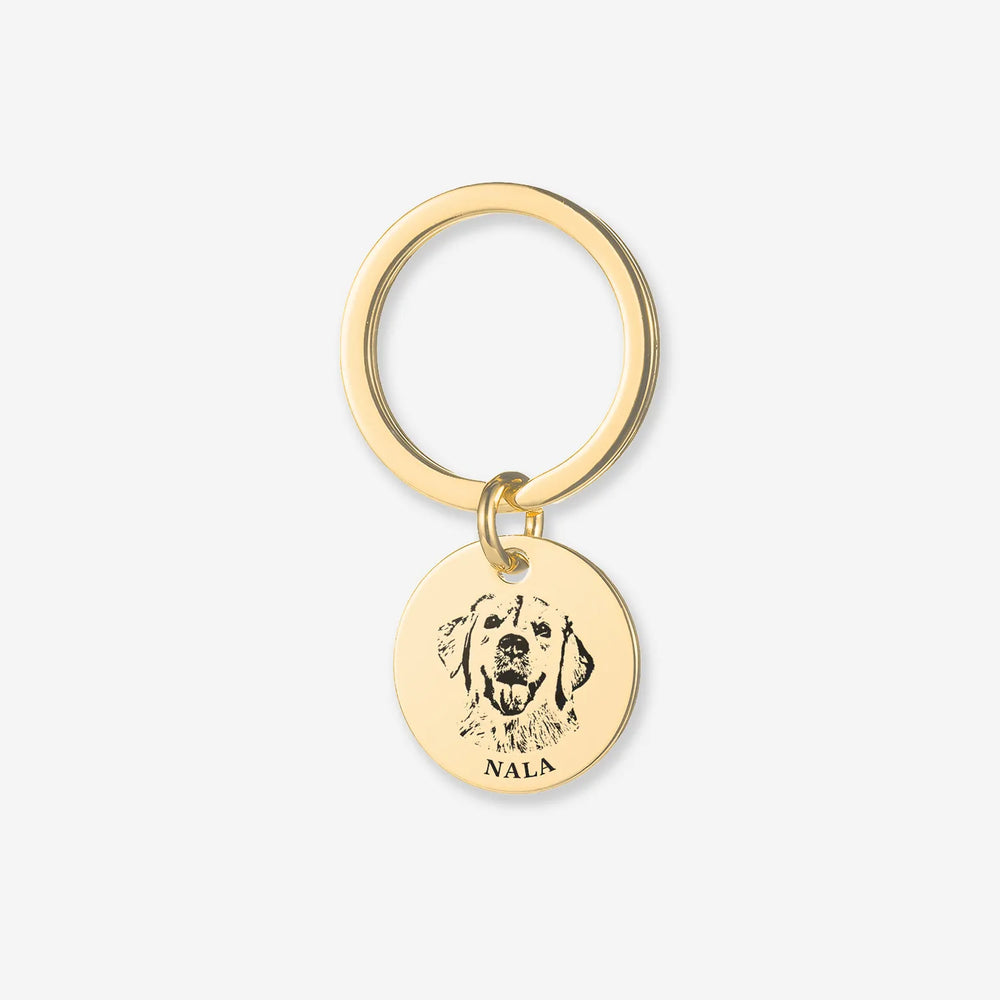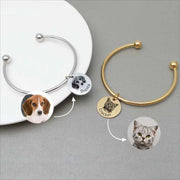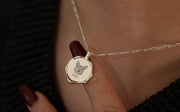Buy One, Get One FREE
What Are Portrait Necklaces and Face Jewelry? Cultural Insights
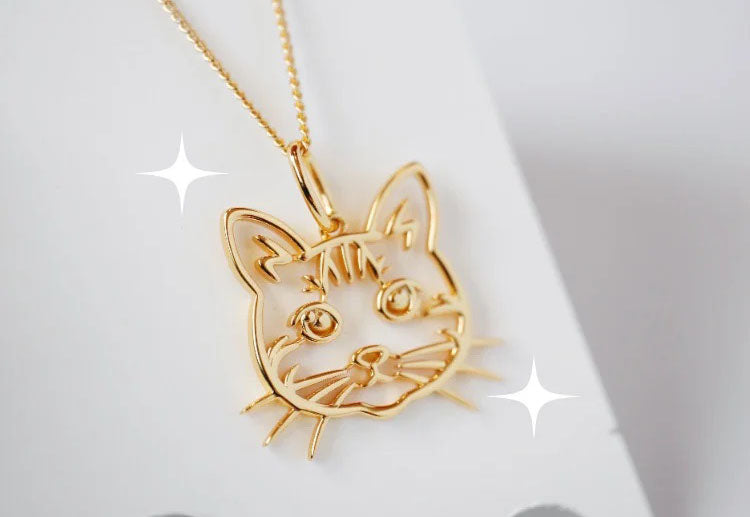
Introduction

Portrait necklaces and face jewelry have captivated people across different cultures for centuries. These unique forms of adornment not only add a personal touch to one’s style but also carry deep cultural significance. From the historical origins of portrait necklaces to the diverse practices of wearing face jewelry across the globe, these accessories have been embraced for both aesthetic and symbolic reasons.
What Are Portrait Necklaces?

Portrait necklaces, also known as cameo necklaces, are jewelry pieces that often feature the carved image of a face or figure, typically in relief. These portraits can depict historical figures, loved ones, or symbolic characters. The term cameo refers to the raised relief images commonly used in these necklaces, and they have been popular since the Victorian era. Today, portrait necklaces are cherished for their vintage charm and personal connection, making them a timeless addition to anyone’s collection.
Historical Background of Portrait Necklaces
Portrait necklaces date back to ancient times, particularly in Roman and Greek cultures, where they were used as a way to honor important individuals. During the Renaissance, this form of jewelry regained popularity among European nobility. In the 19th century, the tradition of cameo portrait necklaces grew, and they became a common accessory for women of high status. Today, they remain popular not only for their historical value but also as a meaningful way to commemorate loved ones.
Types of Face Jewelry and How It Stays On
Face jewelry encompasses a wide variety of adornments designed to highlight different parts of the face. These can range from decorative nose rings, forehead ornaments, to elaborate face chains. The designs often reflect cultural practices or personal expression, making face jewelry a significant part of fashion in various regions.
How Does Face Jewelry Stay On?

Many people wonder how face jewelry stays securely on the face, especially for non-pierced adornments. Some types of face jewelry, such as nose rings or lip piercings, are held in place through the skin using body piercings. However, there are also non-permanent methods. For example, forehead chains or decorative face gems are often attached using adhesive, while some use magnetic components. This variety of methods makes face jewelry accessible to those who prefer not to undergo body modifications.
Cultural Significance of Face Jewelry
Face jewelry carries different meanings across various cultures. In some regions, it symbolizes beauty, while in others, it holds deep spiritual or societal significance.
What Cultures Wear Face Jewelry?
In India, for example, the nath (nose ring) is a common part of bridal attire, symbolizing beauty and marital status. African tribes, such as the Maasai, also incorporate face jewelry into their traditional dress, where specific ornaments can signify wealth, age, or rank. In Latin America, indigenous communities often wear face jewelry for ritualistic purposes, linking it to spiritual or ceremonial practices.
Face Jewelry in the USA
In the United States, face jewelry is commonly seen in various subcultures, such as the punk and goth communities. The trend of face jewelry has been influenced by global migration, with people bringing their traditions to new regions. For example, South Asian communities in the USA continue the practice of wearing nose rings during weddings, while African and indigenous Latin American populations maintain their cultural traditions through face adornments.
Face Jewelry and Women in Different Cultures
While face jewelry is not gender-specific, it has been traditionally associated with women in many cultures. The adornment of the face with jewelry in these societies often highlights beauty, status, or readiness for marriage.
What Cultures Wear Face Jewelry for Women?
In Middle Eastern and North African cultures, women often wear ornate face jewelry as part of their wedding attire. The designs can range from simple chains to elaborate headpieces that cover the forehead, nose, and chin. Similarly, in India, women wear the nath not only as a symbol of marriage but also as a representation of femininity and status. Native American women also have a history of adorning their faces with beads or stones during special ceremonies, further symbolizing their connection to tradition and spirituality.
Conclusion
Portrait necklaces and face jewelry are more than just fashionable accessories. They are deeply intertwined with cultural traditions and personal expressions across the world. Whether it’s through a beautifully crafted cameo necklace or intricate face adornments, these pieces continue to connect individuals to their heritage and identity. As global cultures blend, face jewelry has taken on new meanings, especially in diverse societies like the USA, where people use it to honor their roots or simply as a bold fashion statement.
FAQ Section
1. What materials are commonly used for portrait necklaces?
Most portrait necklaces are made from materials like gold, silver, or carved shells and stones. Some may also use enamel or resin to enhance the portrait details.
2. Do you need piercings to wear face jewelry?
Not always. Many face jewelry designs use adhesive or magnetic mechanisms to stay in place, allowing people to wear them without permanent body modifications.
3. Which face areas are most commonly adorned with jewelry?
The nose, forehead, and ears are the most common areas for face jewelry, but lips, cheeks, and even eyebrows can also be decorated depending on cultural practices or personal preferences.
